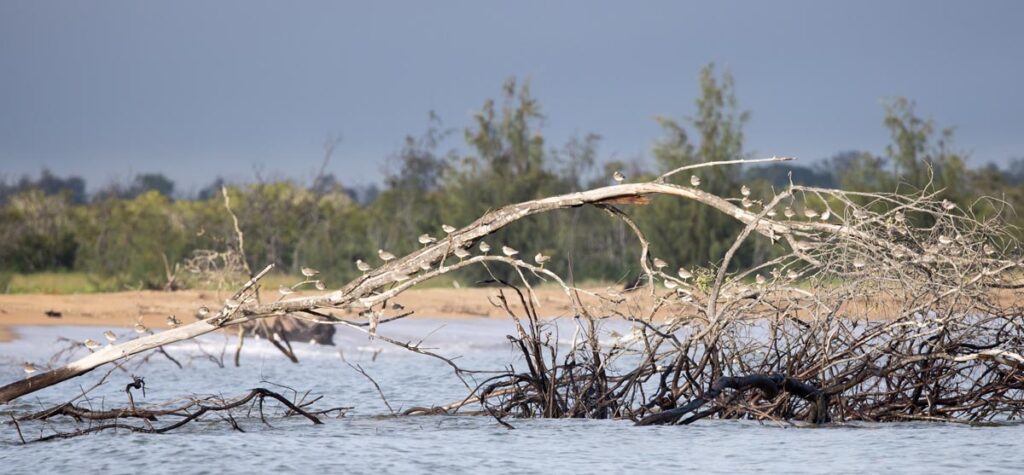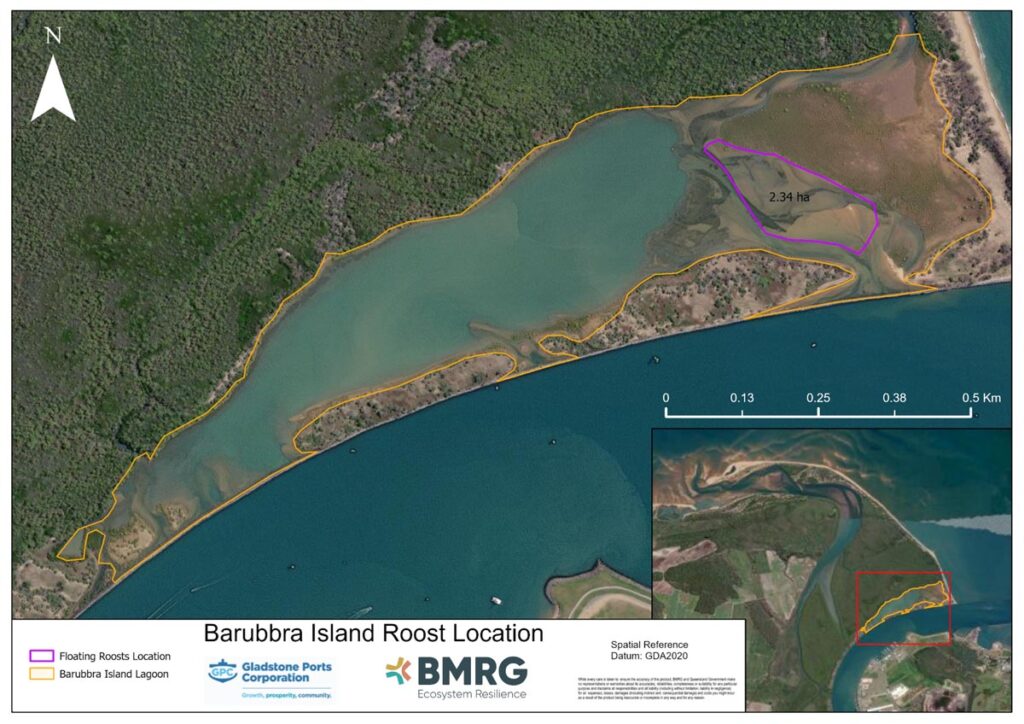
The Burnett Mary Regional Group (BMRG) is leading an innovative project to shore up the future of migratory birds along the Queensland coast near Bundaberg.
Artificial roosts will be established at Barubbra Island in January as part of a trial to provide safe habitat for shorebirds and assist with monitoring.
Planning approval has been granted to install long-line oyster bags as a low-cost, low-impact, semi-permanent alternative to previous methods.
Critically endangered species known to nest in the area include the bar-tailed godwit, curlew sandpiper and Australia’s largest shorebird, the eastern curlew.
The eastern curlew takes an annual migratory flight to Russia and north-eastern China to breed, returning to Australia in August to feed on crabs and molluscs in intertidal mudflats.
Gladstone Ports Corporation is funding and supporting the project, while volunteers from Birdlife Bundaberg will assist with monitoring the shorebirds.
Gidarjil Development Corporation land and sea rangers will help to assemble and install the floating roosts.
BMRG project officer Samuel Groom said the trial was modelled on work successfully undertaken by BirdLife Australia at three other sites.
“Bundaberg serves as a major feeding and roosting ground for shorebirds, receiving 42 species of migratory shorebirds along our shoreline from September to April,” he said.
“Monitoring over the 2020 season showed that Bundaberg received 2000 birds across 22 species with six of these species being under threat.
“Shorebirds have experienced extreme loss of habitat over recent decades due to global urbanisation.
“They need large areas of suitable habitat protected or built to breed, feed and roost.”

Chris Barnes from Birdlife Bundaberg said shorebirds were an important part of the ecosystem and every assistance was welcome.
“These shorebirds perform amazing feats, migrating all the way from the high Arctic and Siberia, all the way down here, and they do that annually,” he said.
“You wouldn't think a little brown bird standing on the beach has been as far as to the moon and back, and sometimes back to the exact same beach every year.”




